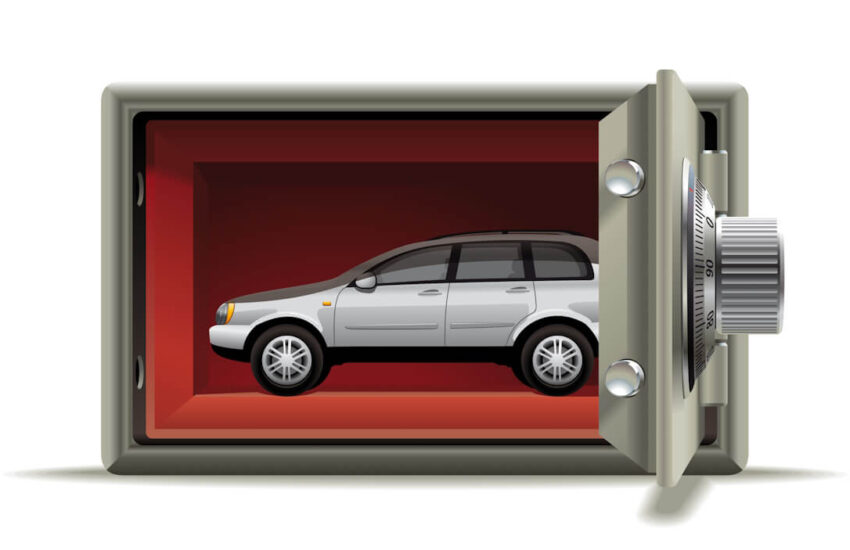Whether you’re preparing your car for the winter months or planning a long vacation, proper car storage is essential to ensure its optimal condition when you’re ready to use it again. Leaving your vehicle unattended for an extended period can lead to various issues, such as battery drain, tire flat spots, and even engine damage. To help you protect your investment and maintain your car’s performance, we’ve compiled a list of best practices for car storage during long periods of inactivity.
Choose a Suitable Storage Location
Finding the right storage location is crucial to safeguard your car from external elements and potential damage. Ideally, you should store your vehicle in a covered and secure area, such as a garage, carport, or storage facility. This protects it from harsh weather conditions, UV rays, and potential vandalism.
Clean and Detail Your Car
Before placing your car into storage, thoroughly clean both the interior and exterior. Remove any debris, dirt, or food particles to prevent mold growth, corrosion, and pest infestations. Additionally, consider applying a wax coat to protect the paintwork, and use a leather conditioner on the seats and dashboard to prevent cracking.
Change Fluids and Filters
To maintain the health of your car’s engine and other vital systems, it’s recommended to change the oil and filter before storing your vehicle. Used oil contains contaminants that can cause corrosion and engine damage over time. Similarly, replacing the coolant and brake fluid helps prevent any potential damage caused by moisture accumulation.
Inflate Tires and Use Tire Supports
Inflate your tires to the manufacturer’s recommended pressure to prevent flat spots from forming during storage. Flat spots occur when the weight of the vehicle presses down on one spot of the tire for an extended period, causing damage. Using tire supports, such as jack stands or blocks, helps distribute the weight evenly and prevents flat spots.
Disconnect or Maintain the Battery
If you’re storing your car for an extended period, it’s advisable to disconnect the battery to prevent parasitic drain. Alternatively, you can use a battery maintainer or trickle charger to keep the battery charged during storage. These devices ensure a slow and steady charge, prolonging the battery’s lifespan and preventing it from going completely dead.
Protect the Interior
To maintain the condition of your car’s interior, take additional measures to protect it during storage. Use a sunshade to prevent UV damage to the dashboard and upholstery. Additionally, consider placing moisture absorbers inside the cabin to control humidity levels and prevent mold and mildew growth.
Rodent Prevention
Cars in storage can attract rodents seeking shelter or a cozy nesting spot. To prevent these unwanted guests from causing damage, seal any potential entry points, such as exhaust pipes, air intakes, and gaps in the bodywork. Consider using rodent repellents like mothballs or peppermint oil, which deter rodents.
Maintain a Regular Maintenance Schedule
While your car is in storage, it’s crucial to continue following a maintenance schedule. Start the engine periodically and let it run for a few minutes to prevent oil sludge buildup. This also circulates fluids throughout the system, ensuring proper lubrication. Additionally, engage the parking brake occasionally to prevent it from seizing.
Insurance and Documentation
Ensure that your car’s insurance coverage remains active during storage. Consult with your insurance provider to determine the appropriate level of coverage and any specific requirements for long-term storage. Keep all important documentation, including the vehicle registration, insurance papers, and maintenance records, in a safe place.
Wrapping It Up
Proper car storage during long periods of inactivity is essential to preserve your vehicle’s condition and prevent potential damage. By following these best practices, you can protect your investment and ensure that your car is ready to hit the road when you need it. Remember, a little effort and attention to detail during storage can go a long way in maintaining your car’s performance and prolonging its lifespan.
AutoByPayment.com offers accurate estimates of new and used car loan payments based on self-selected credit score, current rebates, down payment, and trade equity or negative equity, without customers having to provide their personal identifying information such as email and phone.
